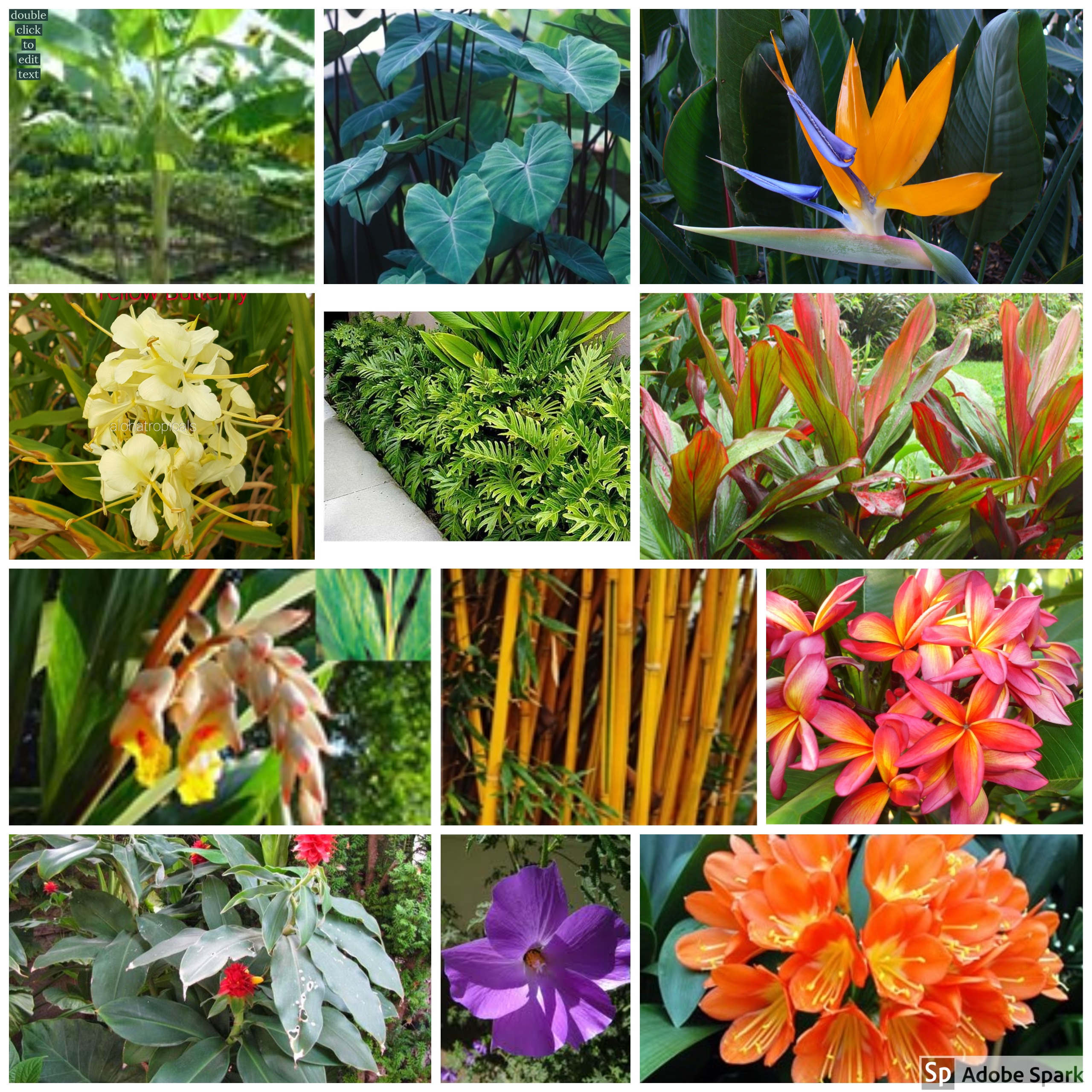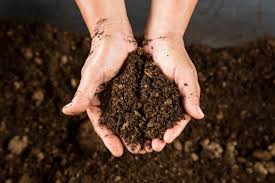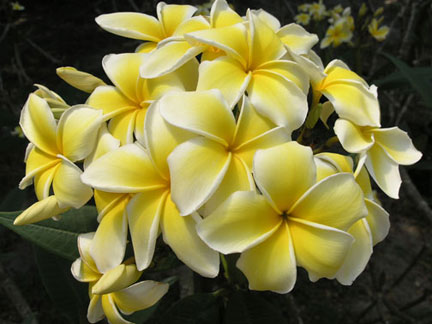
Tropical Plants and Flowers Growing Plants In Cooler Climates
December 5, 2018
Feeding Your Tropical Plants Organically
December 21, 2018First and foremost is that plumeria cuttings need a fast well draining balanced potting mix along with perlite to help with the drainage. A great combination would be 75% potting mix, 25% perlite makes a effective mix. After you have your soil mixture correct use a 1 to 2 gallon plastic pot (do not use a clay pot as the small roots can stick to it when transplanting) Dampen your soil mixture then dip your cutting into rooting hormone on the callused bottom end, it is not necessary to use it but it can help the rooting process go a little faster. Now dibble a hole in the soil about 2 to 3″ deep and wide enough not to rub off the rooting hormone. Stick the cutting into the hole and pack and firm down the soil around the cutting, this will help support your plumeria cutting and keep it from falling over until it has roots.
Here is a small tip to help keep the cutting from falling over or accidently hitting it and tipping it over. Place several large stones around the base of the cutting for the first couple months until the plant has a good root system that can stand on it’s own.
Very Important: This will mean life or death for your unrooted cutting.
Now it’s time to wait,watch and anticipate. You should begin to see some leaves begin to develop after 4 to 8 weeks. During this time it is very important to only water the cutting once the soil has become very dry. Water sparingly during this time, just dampen soil at most.We suggest wetting the soil about once every 10 days.Cuttings will develop stem rot if they are kept to wet.
Since they do not have roots there is nothing to use the water and suck up the moisture and soil would remain to wet. Let the soil dry out completely and stay dry for several days before lightly watering again. Unless you are using a heat mat and florescent lighting, it is recommended not to root your cutting until late spring. Cuttings can be kept in cool dry area free of freezing temperatures if you happen to have them earlier than spring,they will just remain dormant until weather warms to plant.
Once your plumeria plant has 5 to 6 well developed leaves you should begin to feed your plant with a well balanced fertilizer of 15-15-15 in early spring switching to a higher phosphorus fertilizer of 10-50-10 to promote flowering and branching. It is recommended that you feed your plumeria 2 times a month and have at least 6 hours of direct sunlight.
Plumerias like temperatures between 60 at night and 90 or so during the day. Once night temps.get into the low 50’s F for a week or two the plant will begin to go into it’s dormant cycle, it will begin to drop it’s leaves and will not grow at this time. Stop fertilizing your plant in late September and slowly reduce watering around October. By the time the temps.begin dipping into the 40’sF you should bring indoors or into a sheltered location like the garage where the temps. will remain above freezing. Temps. approaching 32 degrees F will kill or damage if exposed for extended amount of time. During the dormant period DO NOT WATER YOUR PLANT in fact if kept too wet it will rot.
Once the spring comes back around and temps. creep back up into the upper 50’s at night , you can put your plumeria tree back outdoors and begin to water and feed as leaves resume to grow.
So you can see that plumeria do not require lots of constant care, just keep them watered during the growing season, out of the cold and feed them 2 times a month. By caring for them this way they will reward you with quick growth and lots beautiful and wonderfully fragrant flowers.

